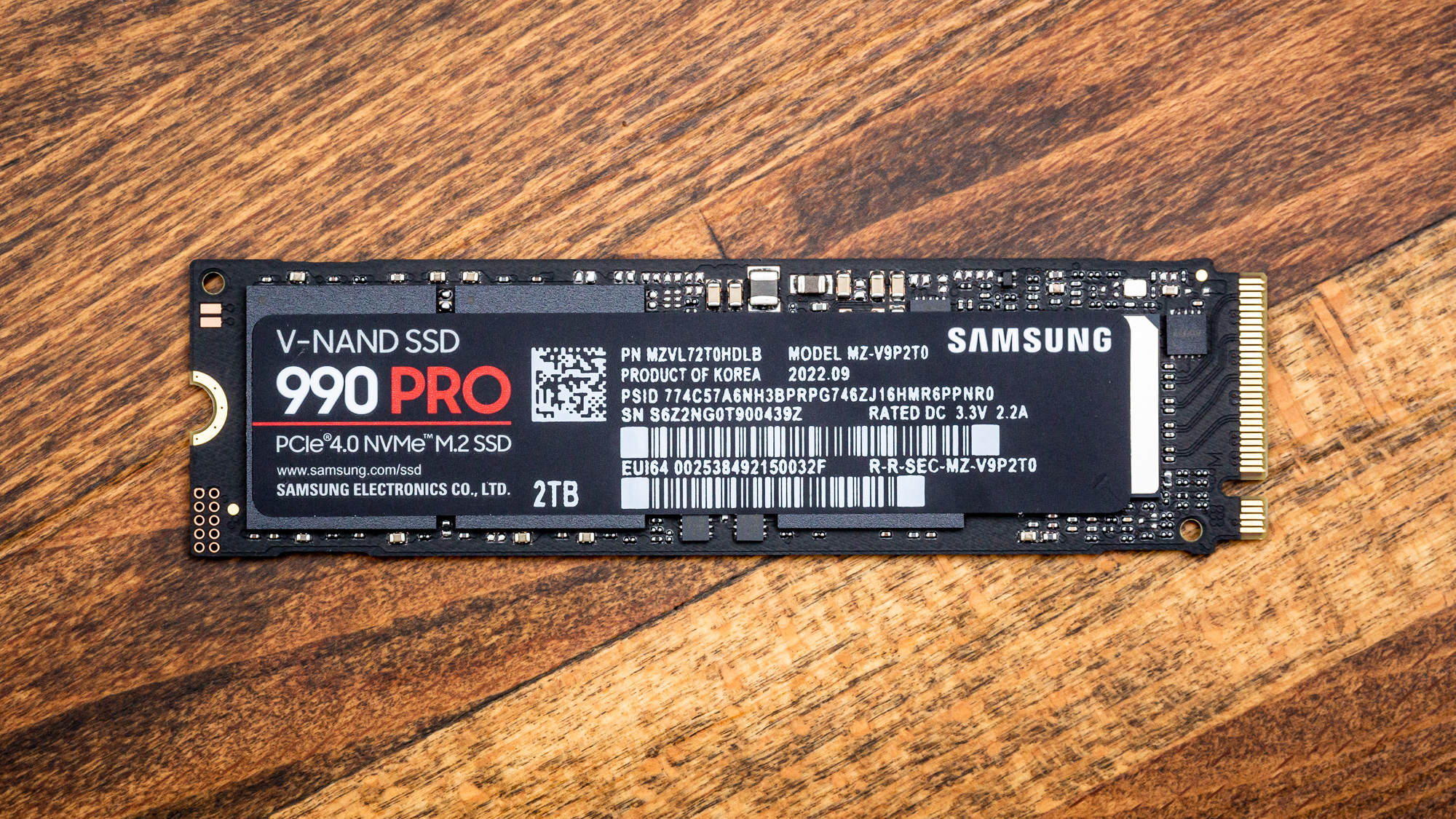
A report from TrendForce predicts NAND flash prices will surge by 50% in the short term, eventually resulting in higher prices for SSDs. NAND chips have already gotten more expensive in the second half of 2023, but they're set to increase even more as flash manufacturers attempt to return to profitability.
The 50% figure given by TrendForce is the goal of companies like Samsung, SK hynix, and Micron, which produce much of the world's NAND. From today's prices, an increase of 40% will reportedly get these companies back to breaking even, and a rise of 50% will mean profits instead of the losses that threatened bankruptcies earlier this year.
These price shifts can already be seen in the spot market for NAND flash, which DRAMeXchange tracks. We've compiled a table of average spot prices towards the end of each month using the best data available from the Wayback Machine.
Since July of this year, when NAND prices bottomed out, we've seen progressively higher monthly prices. Today, prices for 512GB TLC chips are 120% higher than in July, and 256GB and 128GB TLC aren't far behind at 60% and 22% respectively. From December 6 to today, the prices for 512GB, 256GB, and 128GB TLC NAND increased by 7.4%, 4.2%, and 4.6%, respectively. A further 50% increase would put prices back on par with what we saw in July 2021.
According to TrendForce, the source of lower prices is lowered production, and in the classic case of supply and demand, lower supply against the same or greater demand means higher prices. Samsung has decreased its output by 50% since September, though the market has already seen price bumps due to inventory being cleared out.
We've already seen rising SSD prices on several popular models, such as the MX500 1TB. This SSD was about $48 as late as September, but today, it's generally found for $65, a 35% increase in price. If prices increase by 50% from here, the MX500 and other 1TB SSDs will go for $100, the typical price in the first half of 2022. For buyers, paying twice the price for the same product is frustrating.
On the other hand, this is excellent news for the memory industry. The earlier part of the year was rough for the industry, especially for Micron, which lost $2.3 billion in the first quarter. Though we love cheap PC parts, these prices wouldn't be sustainable. We're still well down from the high 2021 and early 2022 prices, but the industry is trying to return to that area.







